|
On 15 September, Keith, Matt and I spent more money than was good for us at Colours in Newbury. I like this venue, especially the light upstairs floors that are a much more pleasant environment than some Show venues. On the second floor, messrs Miller and Brentnall were demonstrating a beautiful 28mm game of For King and Parliament. Having left the dog home alone, I prevailed upon Keith and Matt to leave Colours at lunchtime and come back to play a game. We agreed to try the new stats I have been brewing for using For King and Parliament in Eastern Europe. I set out the table using the battlefield of Berestechko, but as it was our first play test the army sizes were considerablyreduced. Matt, as King Jan Kazimierz, had two sub generals: Jeremi Wiśniowiecki, commander of the left; and Stanisław Lanckoroński, commander of the right. His army contained: 1 unit of Hussars 5 units of Pancerni 1 unit of Reiters 1 unit of Dragoons 1 unit of Hajduk infantry 2 units of German infantry 2 units of field artillery. Keith, as Bohdan Khmelnytsky, also had two generals: Ivan Bohun, commander of the Cossack right and Islam Giray, Tatar commander on the left. His OOB was: 3 units of registered Cossacks 2 units of Zaporozhian Cossacks 1 unit of Cossack horse A fortified camp, 3 squares wide and 2 deep, with its front on the 3rd row of squares 2 light Artillery pieces for attachment to Cossack units 1 unit of noble Tatar lancers 3 units of Tatar lancers 3 units of Tatar light cavalry bowmen In line with historical deployment, Keith set up his cossack foot on his right, inside the Tabor, with their horse outside and immediately to its left. He set up his Tatars on the left, with the bowmen on the far flank and lancers closest to the centre. Matt deployed a small command of two Pancerni and the Dragoons on his left; his infantry, artillery and Reiters in the centre and the rest of his Horse on the right. As this was a play test, the point was not to try and win but to test different aspects of the rules. Both players took a few decisions to see what would happen, possibly against their better judgement. Keith in particular wanted to gauge the flexibility of his Tatar troops and they saw the most action of the game.
The battle began with Matt advancing his right and centre, while his left observed the Tabor from a safe distance. Keith kept his Cossacks tucked up in the Tabor and advanced his Tatars, with his bowmen looping around on the far left. The bowmen were charged by Pancerni but evaded, falling back on the woods to their rear. Keith then decided to see what happened when lancers charged the front of a Pike and shot batallia. Reassuringly, they slid off. Never one to learn from a mistake, he repeated the experiment with another lancer unit, with the same result. The second melee was closer run however, as the Foot had picked up a disorder in the first combat, but the odds were still in their favour. In another combat, Matt’s Pancerni destroyed a Tatar lancer unit in one round. At this point I realised I hadn’t thought about the applicability of the FKaP pursuit rules to Eastern Europe. Uncontrolled pursuit by mounted units was not a significant feature of the dozen or so battles I have read about, although I’m sure it must have happened. We need to think about this but I am tempted to tone down the pursuit rules for games in the East in some way. The battle ended with the collapse of Keith’s Tatar force and death of Islam Giray. As I say, however, this wasn’t really a competitive game but a first chance to try our adaptation. So everybody was a winner, or at least, everybody certainly enjoyed the game. How did the rule adaptations work? First, as we expected, the basic mechanisms of FKaP worked very well for activating and manoeuvring the armies. The Pancerni and Tatar lancers performed as we thought they ought. I was particularly pleased with the way the light cavalry bowmen worked: they were a flexible irritant that kept dancing out of danger but collapsed when cornered. This game didn’t give us a chance to test the resilience of the Tabor as Matt didn’t assault it. In the real battle Wiśniowiecki charged it with his cavalry and was repulsed. We will have to set up a few assaults to see how it fares. Of course we’ll need to play several more test games to get a reliable feel for the whole set of changes. But after one outing, I am very encouraged, especially by the way light cavalry work. One more thing. For King and Parliament is a cracking set of rules: fast, tense and great fun. The next few months are going to be fun.
3 Comments
Neil Burton
20/9/2018 03:16:36 pm
Please could you email me the reading sources for this period if possible as I am seriously interested to re create this period in 2mm alongside my European Thirty Years War armies .
Reply
Tim
3/4/2021 12:12:39 pm
Thanks Mike!
Reply
Leave a Reply. |
Archives
November 2023
Categories
All
|
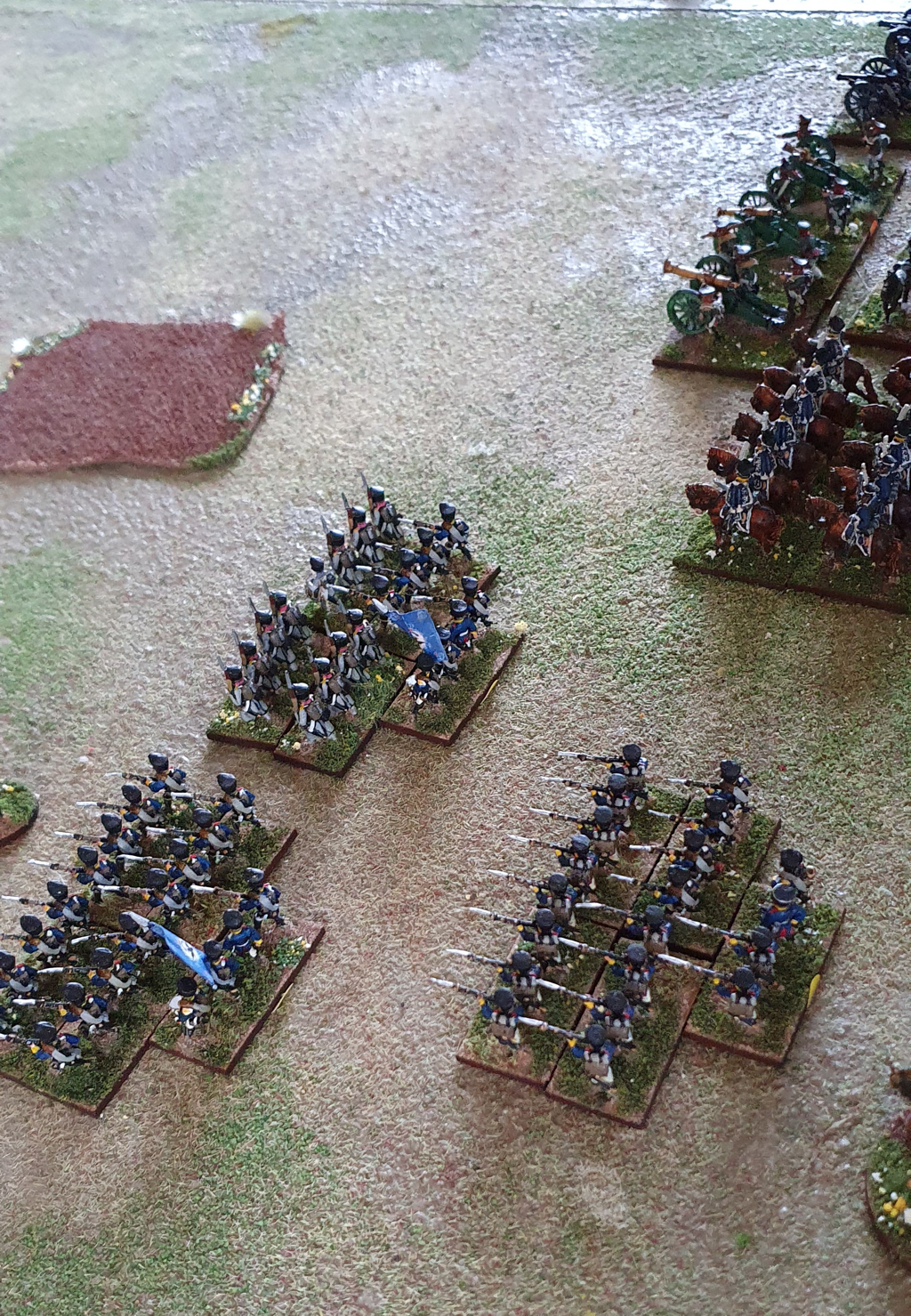
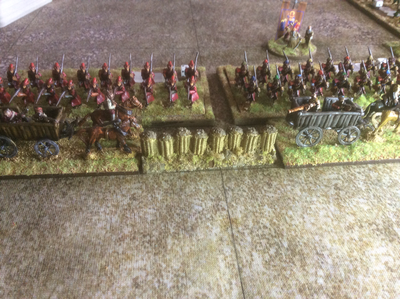
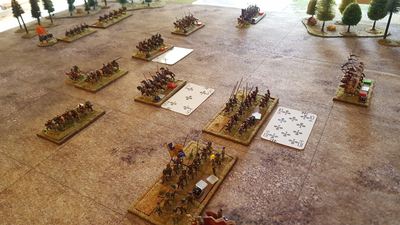
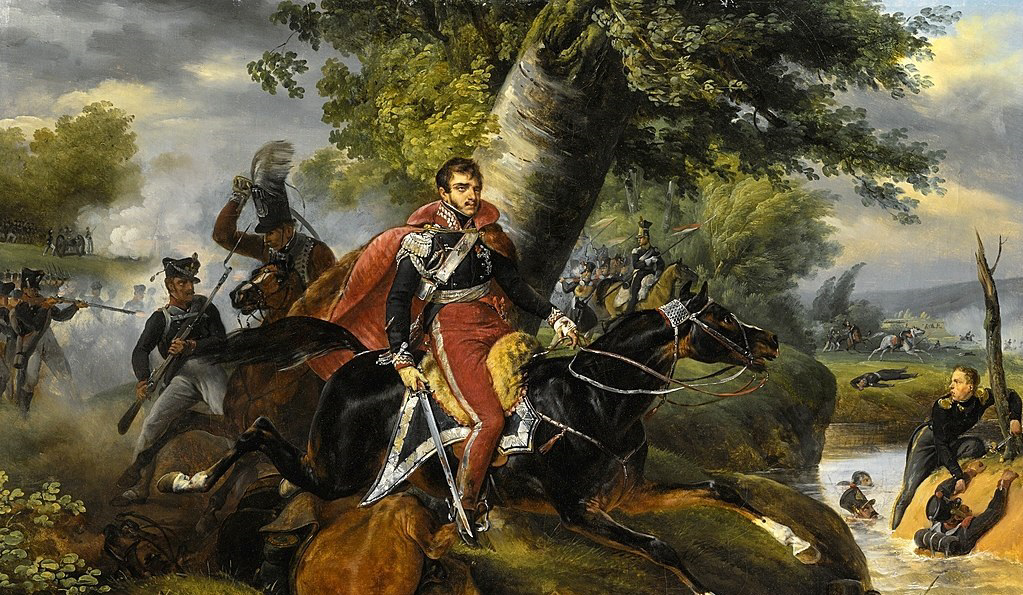
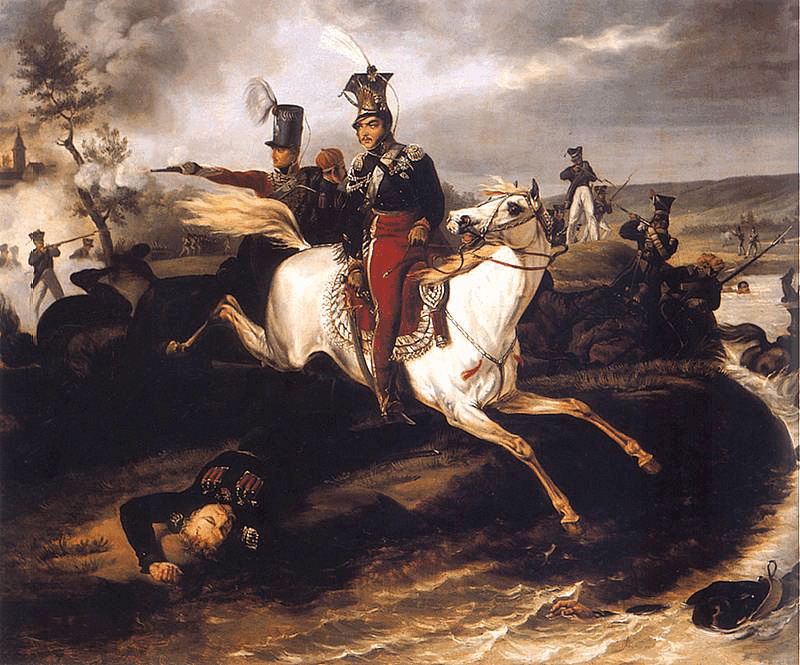
 RSS Feed
RSS Feed